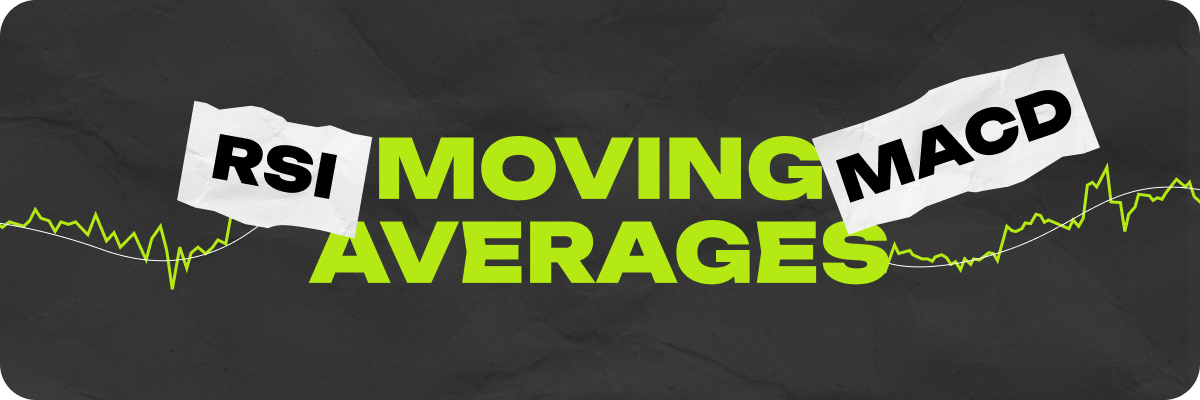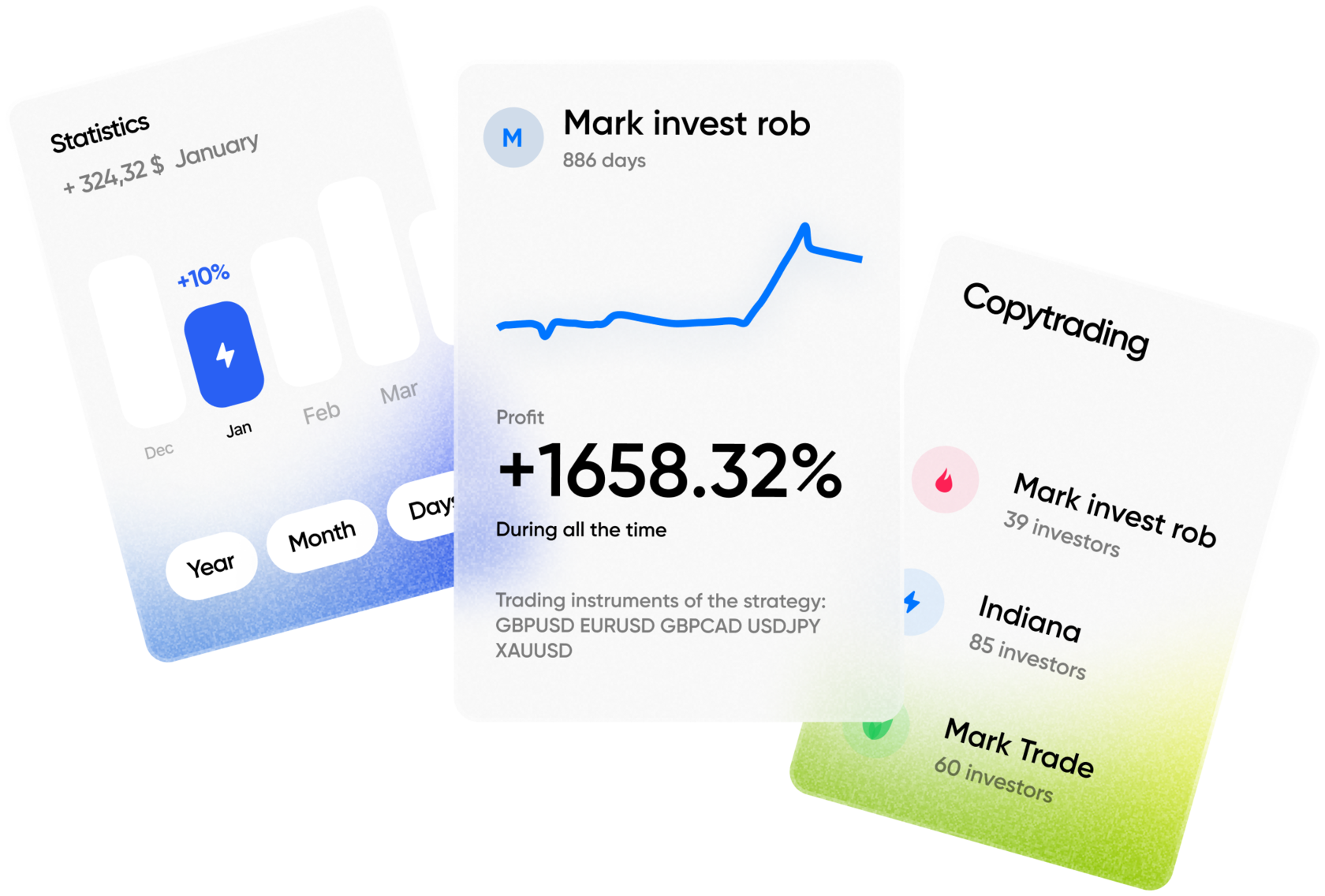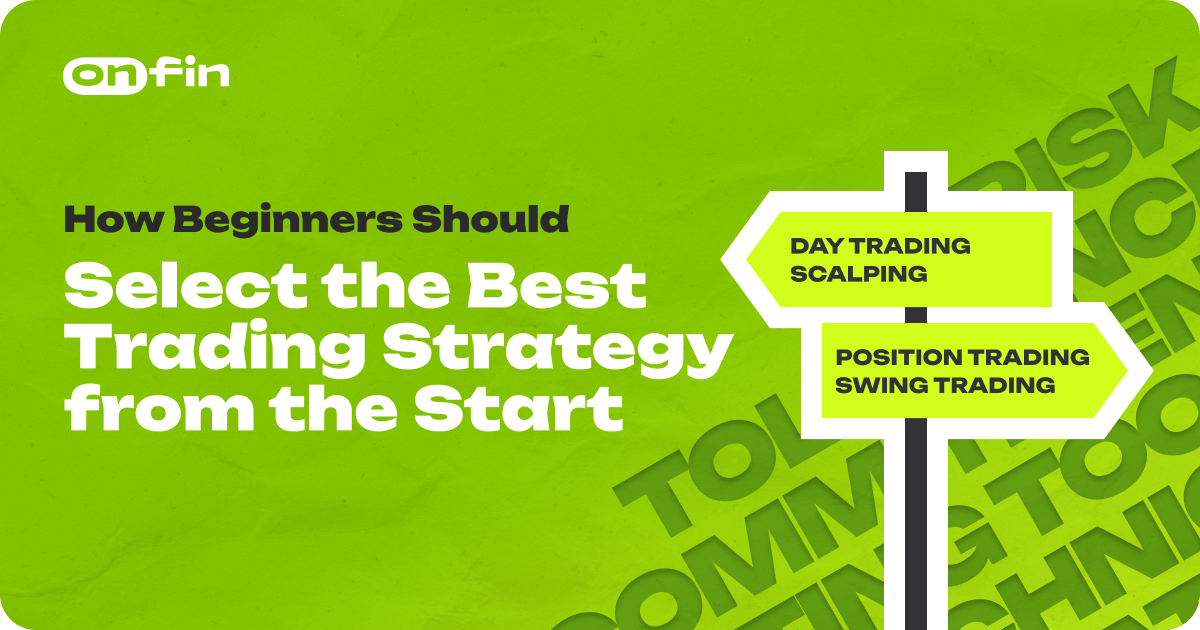Beginners might be overwhelmed by the world of trading right at once. What’s more, deciding on the proper strategy can be a tough challenge.
With a wide range of markets, strategies, and tools available, it’s easy to feel overwhelmed. However, the key to success lies in selecting a trading strategy that aligns with your goals, personality, and risk tolerance.
In this article, we will guide you through the process of selecting and testing a trading strategy, ensuring that you are prepared to navigate the financial markets with confidence.
1. Define a Trading Style
Before diving into the technicalities of strategies, it’s crucial to understand your own personality and risk tolerance. This will serve as the foundation for choosing the right trading approach.
There are several trading styles, and each suits different types of traders. Let’s break down a few common ones:
Day Trading
This approach involves making quick trades within the same day, typically holding positions for minutes or hours.
Day trading requires a lot of time, attention, and the ability to react quickly to market movements. It’s ideal for those who can handle high-pressure environments and are comfortable with frequent trading.
Swing Trading
Swing traders take advantage of price movements over several days or weeks. They usually enter trades after identifying trends and ride them until they reach a favorable exit point.
This style suits traders who prefer a more relaxed pace but still want to capture significant market movements.
Position Trading
Position traders hold positions for weeks, months, or even years. This strategy requires patience and the ability to endure market fluctuations over a longer period.
This particular trading technique is best suited for those with a strong understanding of fundamental analysis and a long-term perspective on the market.
Scalping
Scalpers make rapid trades with very short holding periods, often seconds or minutes, to take advantage of small price movements.
This style demands extreme focus and speed, making it ideal for traders who are detail-oriented and can tolerate frequent decision-making.
2. Analyze Your Risk Tolerance and Time Commitment
Understanding your risk tolerance and the time you can dedicate to trading is essential when selecting a strategy. Here’s how you can assess these factors:
Risk Tolerance
Risk tolerance refers to how much of a loss you are willing to tolerate before you cut your losses or adjust your strategy. If you’re uncomfortable with losing large amounts of money, a more conservative approach (such as swing or position trading) might be suitable.
Conversely, if you can stomach higher risk for the potential of higher rewards, day trading or scalping could be more fitting.
Time Commitment
Different strategies require varying levels of time commitment. Day trading typically involves spending hours in front of the screen, whereas position trading can be done with less frequent market check-ins.
Be honest with yourself about how much time you can realistically dedicate to monitoring the markets, as this will play a significant role in determining the best strategy for you.
3. Choose Your Tools and Learn Technical Analysis
Once you have an idea of your trading style and risk tolerance, the next step is to select the right tools and learn the technical analysis skills that will support your strategy. Technical analysis is crucial for identifying market trends and making informed trading decisions.
Charting Tools
Most traders use charting platforms like MetaTrader 4/5 or TradingView, which allow them to analyze price action, identify trends, and set technical indicators like moving averages, RSI, and Bollinger Bands.
These tools are essential for visualizing market conditions and determining entry and exit points.
Technical Indicators

To enhance your decision-making, it’s important to learn how to use technical indicators. For example:
- Moving Averages: These can help identify the direction of the market (bullish or bearish).
- Relative Strength Index (RSI): This helps measure the strength of a trend and can signal overbought or oversold conditions.
- MACD (Moving Average Convergence Divergence): Used to identify changes in the strength, direction, momentum, and duration of a trend.
Backtesting
Backtesting allows you to test your chosen strategy using historical data to see how it would have performed in the past. This can give you an idea of the potential profitability and risks of a strategy before using it with real money.
4. Start with a Demo Account
Before committing your hard-earned capital, a wise idea is to practice your strategy on a demo account.
Most brokers offer free demo accounts with virtual funds, allowing you to test different strategies without the risk of real money loss.
This is an excellent opportunity to familiarize yourself with the platform, refine your strategy, and improve your skills without financial pressure.
What to Test:
- Risk-Reward Ratio: Aim for a positive risk-reward ratio (for example, risking $1 to make $2). This helps ensure that even if you lose more trades than you win, you can still be profitable.
- Entry and Exit Points: Practice identifying the best times to enter and exit trades based on technical indicators and market conditions.
- Trade Size: Experiment with different trade sizes to see how they affect your risk exposure.
5. Evaluate and Adjust Your Strategy
After you’ve spent time testing and refining your strategy, it’s essential to evaluate its performance. Look at metrics like:
- Win Rate: The percentage of profitable trades.
- Profit Factor: The ratio of your total profits to total losses.
- Drawdown: The peak-to-trough decline in your account equity. A large drawdown can indicate that the strategy is too risky.
If your strategy is not performing well, don’t be afraid to adjust it. Perhaps your risk tolerance was too high, or maybe your entry and exit points need fine-tuning.
The key is to remain flexible and continue learning from both successes and failures.
6. Stay Disciplined and Manage Emotions
Trading can be an emotional rollercoaster. Fear and greed can cloud your judgment, leading to poor decision-making. Successful traders know how to manage their emotions and stick to their trading plan, no matter how tempting it is to make impulsive trades.
Here are some tips for maintaining discipline:
- Follow your plan: Once you have a strategy, trust it. Don’t chase after quick gains or panic during a losing streak.
- Take breaks: If you find yourself getting frustrated or emotional, take a step back from trading. Clear your mind and return with a fresh perspective.
- Keep a trading journal: Record your trades, including the reasoning behind each decision. This will help you identify patterns in your behavior and make improvements over time.
7. Learn from the Professionals
Many professional traders use a combination of technical analysis, risk management strategies, and emotional discipline to succeed.
For example, a professional forex trader might use a trend-following strategy combined with risk management tools like stop-loss orders to protect their capital. They may also implement position-sizing techniques to limit their exposure on each trade.
Additionally, they might regularly review their trades and adjust their strategies based on market conditions.
Professionals understand that the markets are constantly evolving, and they continuously refine their approach to stay ahead.
Final Thought
Selecting and testing a trading strategy is a journey, and it’s important to be patient as you learn and grow. Take the time to understand your trading style, risk tolerance, and tools before jumping into the markets. Remember that trading is not a get-rich-quick endeavor, but a skill that requires continuous practice and improvement.
No matter what happens, stay disciplined, use testing different strategies, and learn from both your successes and failures.This is how you can build a strong foundation for long-term trading success.







